A brief history of the Galapagos Islands

Claire in our Marketing team gives an overview of the Galápagos Islands' fascinating human history.
They are far away, isolated in the Pacific Ocean. In fact, they are 1,000km from the coast of Ecuador, their nearest neighbour and the country which has sovereignty over them. They aren’t large: their land area is somewhat smaller than Cyprus. The 13 major islands and over 100 islets are geologically young: they still have 13 active volcanoes and a lot of the terrain is arid and rugged.

However, the Galápagos Islands have a long human history. Over several centuries, motley groups of colonists have tried to make a living there by farming, fishing, whaling or mining. Scientists and literary figures have dropped anchor at their shores. Others have spent time there less willingly: convicts, political prisoners, smugglers and pirates. Now it’s conservationists and tourists who visit. It’s not all about the wildlife. Find out here about the history of Man’s struggle, success and failure alike.
3-5 million years BC
The volcanic islands are "young" in geological time, when tectonic plate movements caused magma to penetrate the earth’s crust. Millions of years' worth of volcanic activity has moulded the still active conical structures and lava fields.
1480
Some say that the Incas, under leader Tupac Yupanqui, land at two islands, one of which he called Ninas Chumpi, or Fire Island.
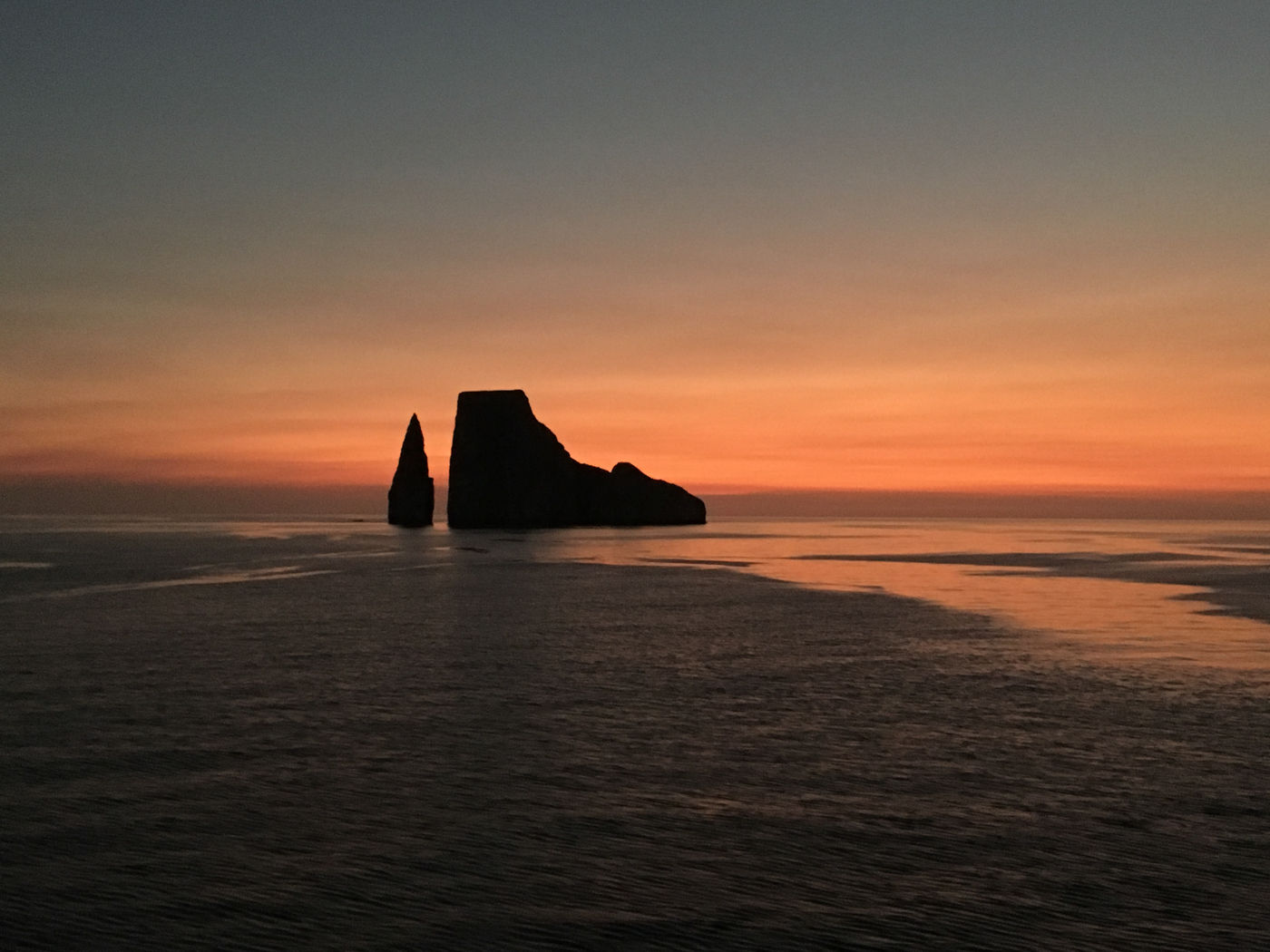
1535
The islands are discovered by chance by the Roman Catholic Bishop of Panama, Fray Tomas de Berlanga. The archipelago’s animals had already spent thousands of years adapting and re-adapting to their isolated home.
1574
The first known map of the islands is published by Flemish map-maker Abraham Ortelius. He named them after the giant tortoises he saw there: Insulae de los Galopegos.
1697
Naturalist and explorer (and pirate for good measure) William Dampier writes about the islands’ flora and fauna in “A New Voyage Round the World”.
1793
British naval officer James Colnett researches whaling in the area and establishes the Post Office Barrel on Floreana Island.
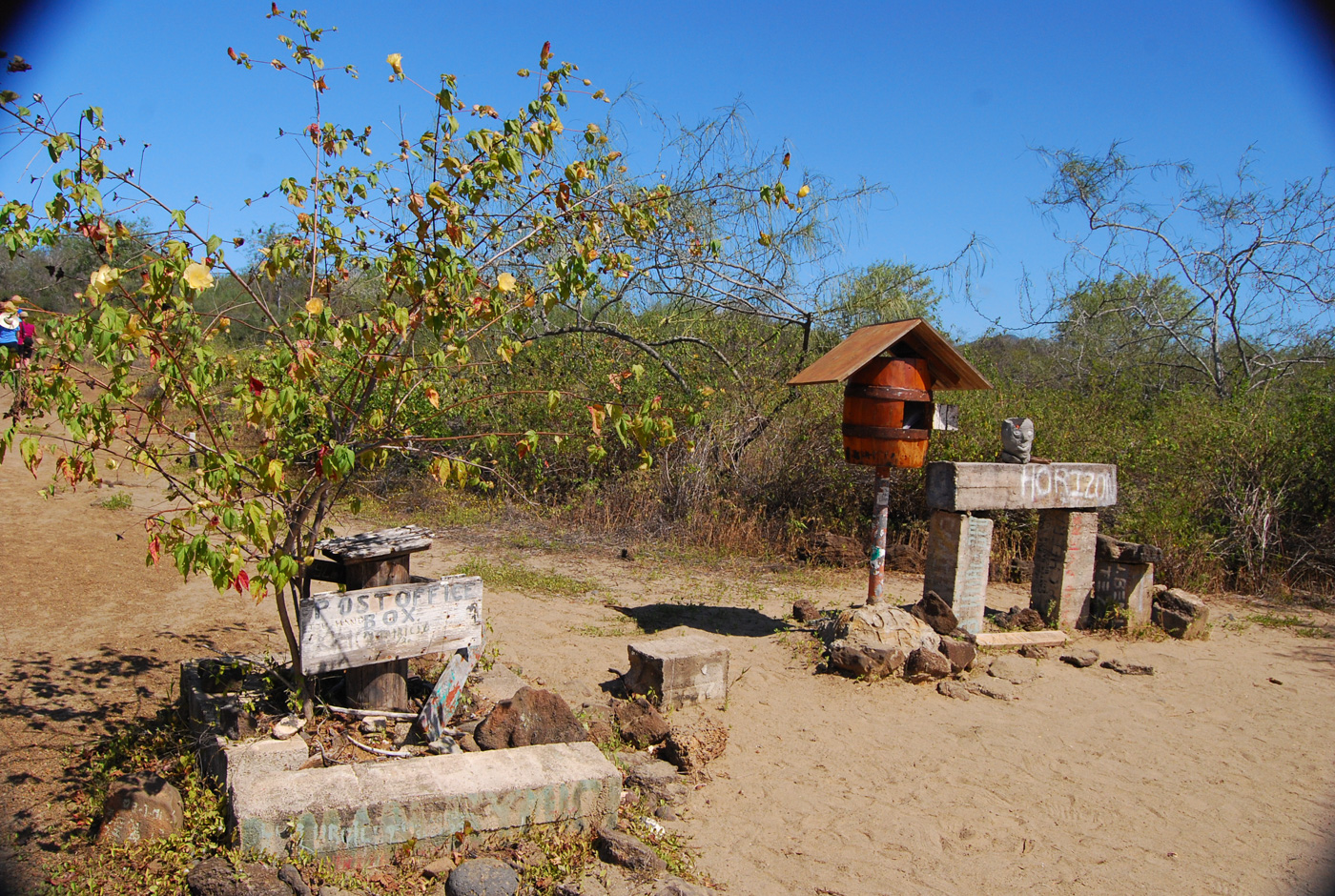
1807
The first person to settle on the islands, eccentric Patrick Walker, puts down roots on Floreana having been marooned there.
1832
The islands are annexed by Ecuador: soon the first settlement, Villamil, is set up on Isabela Island with a Governor General on Floreana, where forests are cleared and plantations established.
1835
HM Beagle, with naturalist Charles Darwin aboard, arrives at the Galápagos, Darwin spends 5 weeks exploring the archipelago; the birthplace of his Theory of Evolution.
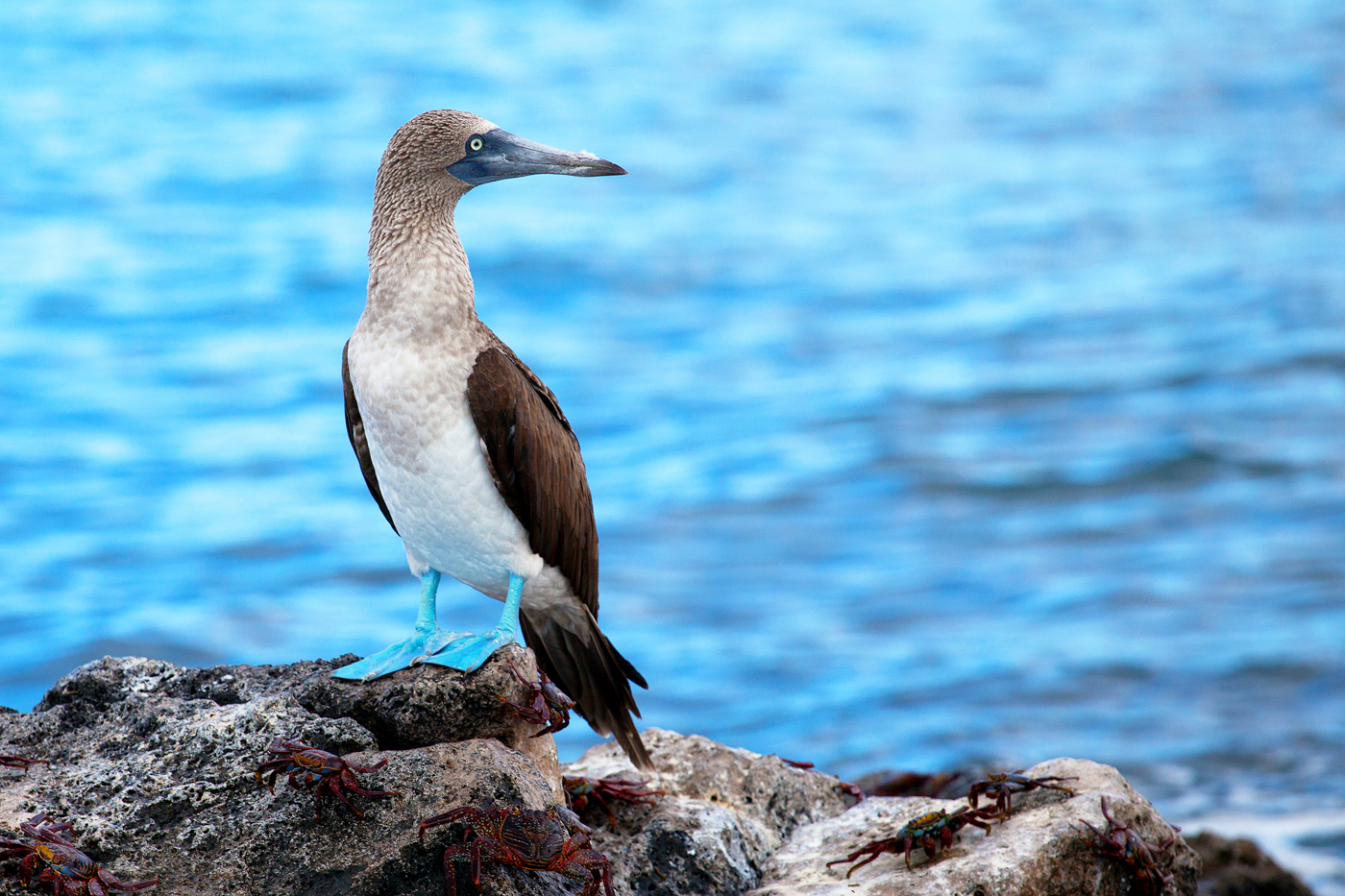
1854
Moby Dick author Herman Melville publishes “Las Encantas”, a series of anecdotes about the islands.
1866
Manuel Cobos, San Cristóbal’s first landowner, establishes an “empire” where he exploits prisoners and indentured labourers until they assassinate him in 1904.
1870-1882
Sealing has a negative impact on the islands’ wildlife. 20,000 Galápagos fur seals are taken for their meat and skins.
1879
More settlers arrive, hoping to make their fortunes – or at least a living - from cultivating coffee and sugar cane on San Cristóbal. Colonisation of Isabela proceeds.
1925
Norwegian colonists arrive in Floreana, followed by Germans, concentrating on farming and fishing.
1934
The Galápagos Affair: The gruesome fate of five German colonists, including a philandering Berlin doctor, his mistress and German baroness, remains unexplained to this day.
1935
An Ecuadorian constitutional amendment places several of the Galápagos Islands and most of the fauna under protection.
1942
During World War ll the Americans build a base on the islands which has long-term consequences: immigrants arrive to provide services for the military stationed there.
1959
The Charles Darwin Research Station is established and 97% of the islands are designated as Ecuador’s first national park.
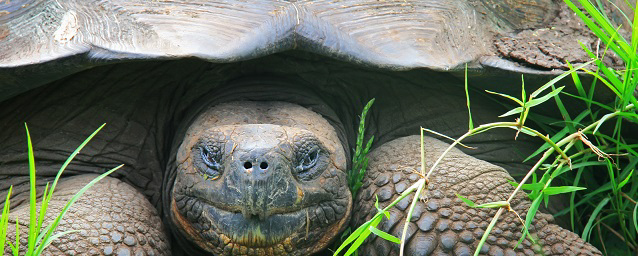
1979
In 1979, UNESCO designates the Galápagos Islands a world heritage site, a status it lost but regained in 2010.
1990
Eradication projects of invasive species including fire ants and goats begins. These projects are still ongoing.
1998
The Galápagos Conservation Law strengthens the protection of the Galápagos, expanding the area of protected waters around the islands and banning industrial scale fishing.
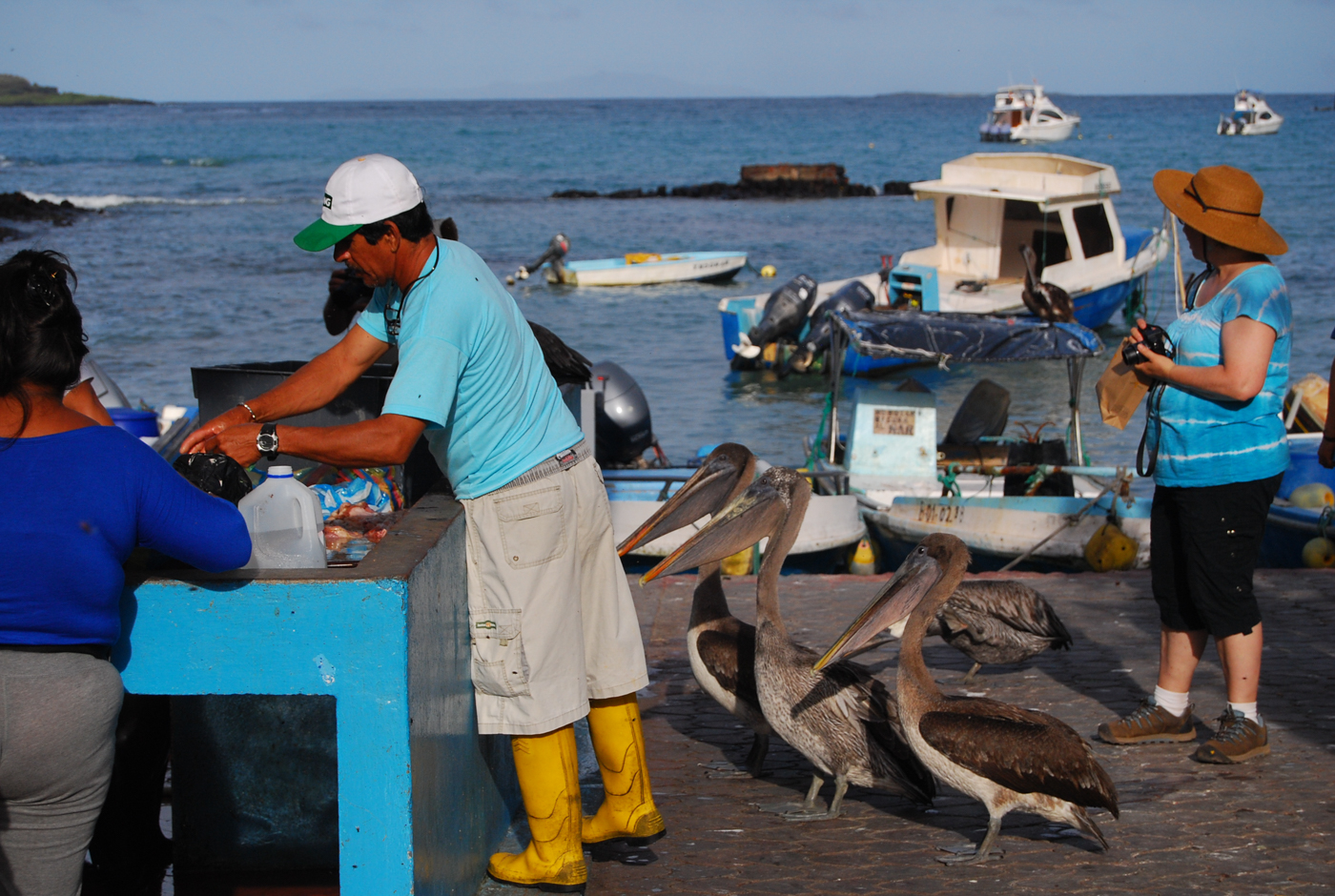
2017
Strictly controlled eco-tourism has taken off in a big way. The local population of 30,000 is joined by 200,000 visitors annually. Many of the local people work in the service sector or as guides, a profession now limited to Galápagos residents.
Browse our holidays to the Galápagos Islands.
Tailor-made holidays
Flexible, custom-made holidays to Latin America created to match your exact requirements: our tailor-made itineraries are as unique as the clients for whom they are designed.
Design my tripPapagaio
Your edit for Latin American inspiration
Our exciting range of articles on Latin America explore everything from iconic destinations and lesser-known cultural gems to delicious traditional recipes. You’ll also find exclusive travel tips, first-hand client reviews and the chance to get your personal questions answered by our travel experts.
View Extraordinary Inspiration






































